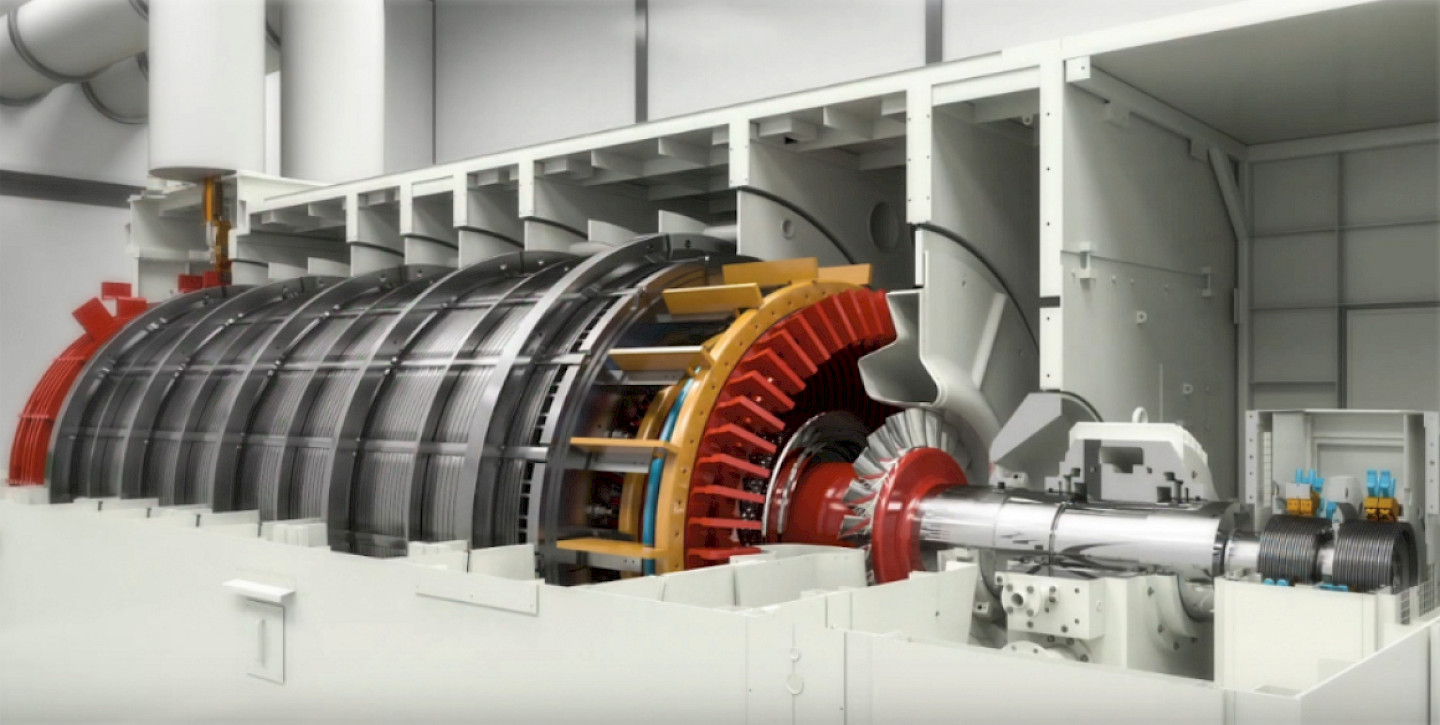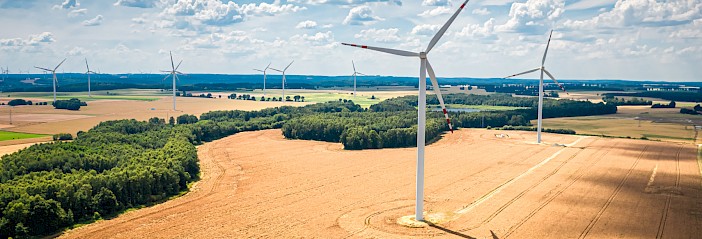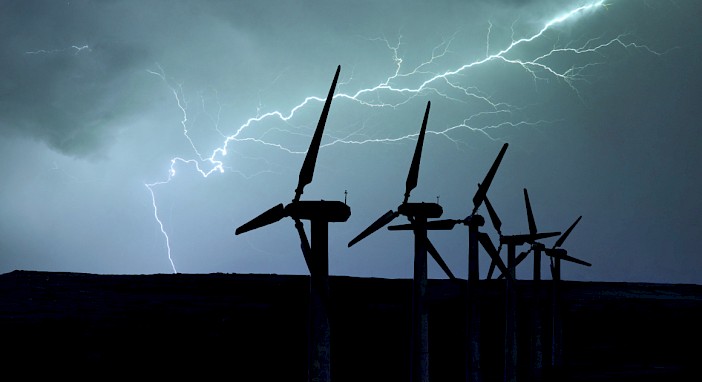Managing grid stability with synchronous condensers

As intermittent renewable generation increasingly replaces conventional sources of electricity generation, maintaining stable grid operation is becoming more difficult as the reactive power, inertia and short circuit level provided by those conventional synchronous generators is reduced. Grid operators are exploring a range of solutions to this problem including the use of synchronous condensers.
Synchronous condensers (also known as synchronous compensators) are not actually a new technology – they have been around for as long as electricity grids have existed, and were installed widely at both power stations and substations in the mid-20th century, but fell out of use with the advent of larger generating turbines and other grid-connected industrial machinery which provided more than enough inertia and reactive power. The emergence of power electronics with technologies such as Static VAr Compensators (SVCs) and STATCOMs, which are cheaper to operate, replaced synchronous condensers in electricity networks.
Synchronous condensers became a little bit out of favour when there was more and more power electronics engaged in the controlling of the power system. But power electronics have problems with all the new renewables coming in, because they cannot provide the short circuit support (voltage) and inertia support (frequency) in the same way,
— Christan Payerl, ABB
However, grid inertia is falling to a degree which makes power electronics alone insufficient to efficiently stabilise those networks, leading to renewed interest in synchronous condensers.
What is a synchronous condenser?
A synchronous condenser is essentially a motor with no connected load or a generator and without a prime mover. They produce or absorb reactive power, provide additional short-circuit strength and deliver much needed mechanical inertia, since they are large and heavy and rotate in synchronicity with the grid.
The typical components of a synchronous condenser are:
- Stator and rotor with solid integral pole tips
- Cooling system (hydrogen, air or water)
- Excitation system
- Lubrication oil supply
- Step-up transformer and auxiliary transformer
High-inertia synchronous condensers are similar to traditional synchronous condensers but with additional inertia, generally provided by the addition of a flywheel. The typical reactive power rating for synchronous condensers connected to the grid is in the range of 20 to 200 MVAr, but manufacturers can tailor solutions for power grid stability up to 350 MVAr.
The main advantages of synchronous condensers are:
- a long standing well-understood technology;
- provision of inertia as it is a rotating heavy machine;
- provides increased short-term overload capability due to an ability to provide more than two times its rating up to a few seconds, which enhances system support during emergency situations or contingencies;
- an ability to remain connected and provide reliable operation even under extreme low voltage contingencies;
- an ability to provide dynamic fast frequency response services by using modern excitation and control systems;
- providing real short short-circuit strength to the grid;
- is not a source of harmonics and can even absorb harmonic currents.
However, they do have some disadvantages, primarily having higher levels of losses, mechanical wear and a slower response time compared to power electronic technologies.
The best of both worlds
Some synchronous condensers being deployed in electricity grids are new systems, provided by turbine manufacturers, but there is also a market for repurposing existing thermal generators to operate as a synchronous condenser. They can also be adapted for both generation (generally peaking power) and synchronous condensing by installing a synchronous self-shifting clutch between the turbine and the generator. In this scenario, the turbine brings the generator up to speed, enabling it to synchronise with the grid. At this point, the turbine disconnects from the generator with the generator using grid power to keep spinning. The clutch disengages the prime mover and the generator when reactive power is needed, and re-engages for power generation when real power is needed.
There are significant savings in the fact that an existing generator is in position, connected to the transmission system, and already in working order with controls. Additionally, this approach provides the system for backup or peaking power, which complements the renewable power when required,
— Dave Haldeman, SSS Clutch
An example of this is at the Commonwealth Chesapeake Power Plant in rural Virginia. The plant consists of 7 GE LM6000 simple cycle gas turbines, with a combined capacity of 315 MW, originally installed in 2000. As the electricity grid evolved, these generators were only used sporadically, so a decision was taken in 2001 to equip four of them with clutches, which can disconnect their turbines allowing them to operate as synchronous condensers.

Grid operator PJM pays the plant to have the generator synchronised and spinning but not connected to the power turbine, providing grid support. Once power is required, the generator can be re-engaged within 10 minutes, generally in response to generation or transmission outages elsewhere on the grid. Control software is used to bring the turbine rapidly up to near-synchronous speed in order to engage or disengage the turbine – when disengaged, the generator continues to spin.
These clutches required a slightly larger footprint than the original LM6000 systems. To allow enough clearance for the clutch between the turbine and generator, the foundation and footing had to be expanded by a few feet and shaft couplings had to be added.
Paul Bernard, Operations & Maintenance Manager at the plant recently told TurboMachinery International that the SSS clutches have proven to be robust and are running well with no significant issues experienced over their two decades of operation. He recommends others considering entering the spinning reserve market to retrofit their generators with similar clutches.



